Oppo K13 hands-on – GSMArena.com news
As promised, Oppo today introduced the Oppo K13 in India before its global debut. The smartphone – having Gen-Z as its target audience – comes in Prism Black and Icy Purple colors. We got our hands on the purple model, so let’s take a closer look at it.
The Oppo K13’s retail package includes a SIM ejector tool, some documents, a charging cable, an 80W power adapter, and a purple-colored protective case.
The Oppo K13 has a 6.67″ AMOLED display on the front. It’s a FullHD+, 120Hz panel with 1,200 nits peak brightness. The display supports 60Hz and 120Hz refresh rates, and you’ll find three refresh rate modes in the display settings – Auto-select, Standard, and High. Auto-select automatically chooses between 60Hz and 120Hz to strike a balance between battery efficiency and smooth experience. Standard mode refreshes the screen at 60Hz, while High mode goes up to 120Hz.

The K13’s display also supports Glove Mode, tucked under the Settings > Accessibility & convenience menu. It allows you to operate the phone’s screen while wearing gloves that are not thicker than 5mm and are made of materials such as cotton, wool, and sheepskin. Moreover, Oppo says the smartphone’s screen can be operated with oily or wet hands.

Additionally, the K13 comes with an Outdoor Mode, which, Oppo says, is “built for delivery personnel, optimizing performance in outdoor tasks.” In India, it supports apps such as Zomato, Swiggy, and Blinkit and provides quick access to them via shortcuts. There’s also Automatic Hands-Free Calling, which activates speaker mode and maximizes call volume when no earphones are connected.
The Oppo K13’s display, unfortunately, has no HDR support. However, it has Widevine L1 certification, allowing 1080p video streaming in supported apps. It’s also worth mentioning that while the smartphone has an Always-On Display feature, it’s not always on since the screen only lights up and shows information when the phone is moved. Here’s hoping Oppo will fix that with a future software update.
That said, the Oppo K13’s display features a centered punch-hole for the 16MP selfie camera using the IMX480 sensor with an f/2.45 aperture and 85° FOV. The camera can record videos in up to 1080p resolution at 30 fps.

Underneath the display is the optical fingerprint scanner. It’s fast and accurate but placed closer to the bottom bezel. We’d have liked to see it placed a bit higher for a more comfortable phone-unlocking experience.

Flip the phone around, and you see a squircle-shaped island housing two cameras – 50MP primary and 2MP depth. The primary camera uses the OmniVision OV50D40 sensor and has an f/1.85 aperture and 75.5° FOV. It can record 1080p videos at up to 60 fps, while 4K videos are restricted to 30 fps. The depth camera uses the OmniVision OV02B1B sensor. It has an f/2.4 aperture and an FOV of 89.1°.
The Oppo K13 also comes with some AI-powered camera features, including AI Enhance Clarity, AI Unblur, AI Eraser, and AI Reflection Remover.

The back cover of the Oppo K13, regardless of which model you buy, has a prism-like design with a nice texture called Natural Rock Texture. Oppo says it’s inspired by natural minerals and “offers a layered surface that mimics real stone.” The texture doesn’t give the phone a premium feel, but it still feels nice to hold. Besides, it doesn’t get smudged.
Oppo Reno13 Pro
The prism-like design on the purple model’s panel looks nice, but it’s only clearly visible when it reflects light at different angles. The Oppo K13’s back is flat; however, the edges have slight curves, making the phone more comfortable for the author of this article to hold than the Oppo Reno13 Pro and F29 Pro.

The Oppo K13’s frames have a matte finish. On the right side is the volume rocker and power button. At the bottom is the USB-C, flanked by a SIM card slot, a primary microphone, and a speaker grille. Up top is the IR blaster, joined by the secondary mic and speaker. The smartphone is also IP65-rated.



Ports and controls
The Oppo K13 has the Snapdragon 6 Gen 4 SoC under the hood with a cooling system comprising 5700 mm2 vapor chamber and 6000 mm2 graphite. It comes with 8GB of LPDDR4X RAM and up to 256GB of UFS 3.1 storage. The smartphone runs Android 15-based ColorOS 15 out of the box and Oppo has promised to deliver two years of OS upgrades and three years of security updates. The K13 also comes with over 20 apps and games pre-installed, which is a bit too much. Fortunately, these can be uninstalled, but it’s time Oppo considered reducing the number of pre-loaded apps on its phones.

The Oppo K13 weighs 208g, and inside its 8.45mm thick body is a massive 7,000 mAh battery with 80W wired charging support. Oppo said the K13’s battery can charge up to 35% in 15 minutes, 62% in 30 minutes, and 100% in 56 minutes with the bundled 80W adapter. Additionally, the brand said the battery has a lifespan of five years without mentioning the total number of charge cycles.
The Oppo K13’s 8GB/128GB model is priced at INR17,999 ($210/€185), while the 8GB/256GB version costs INR19,999 ($235/€205). Both will be sold in India through Oppo’s official website and Flipkart starting April 25. We are yet to hear about its availability in other markets.
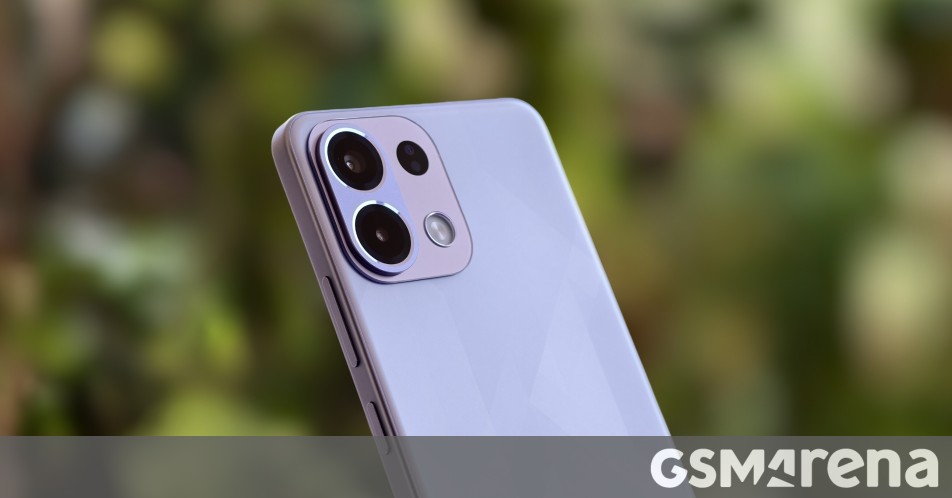


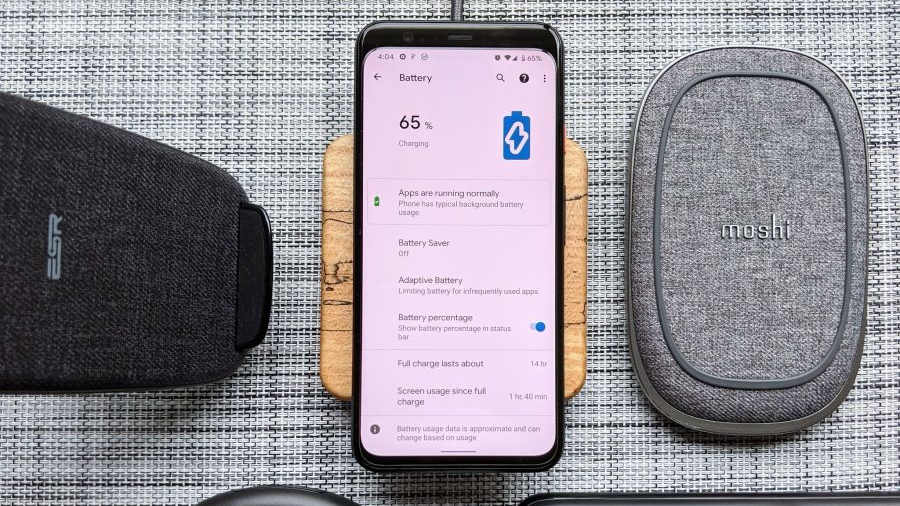
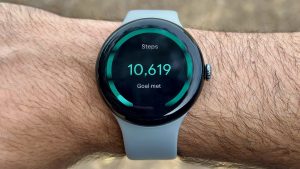

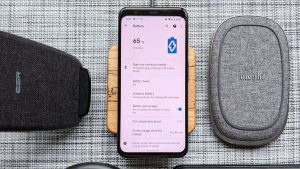



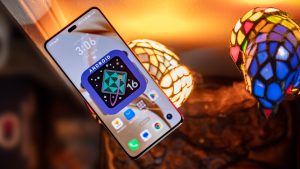
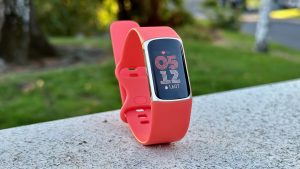

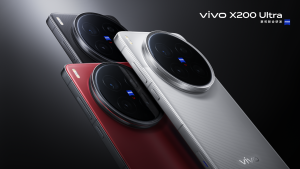
Post Comment